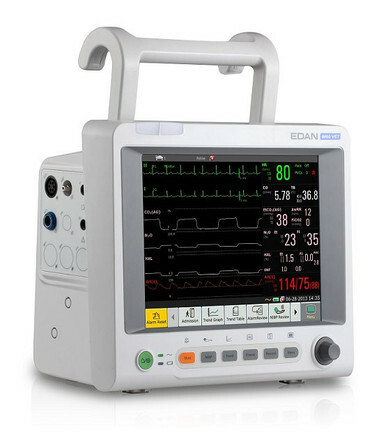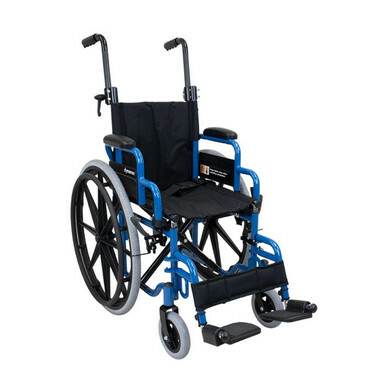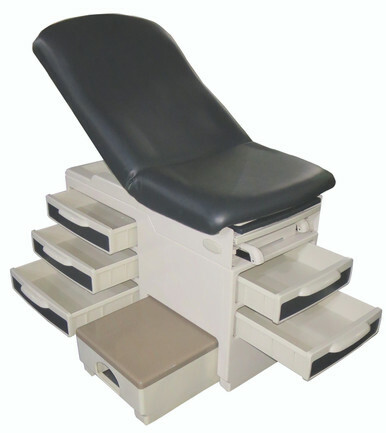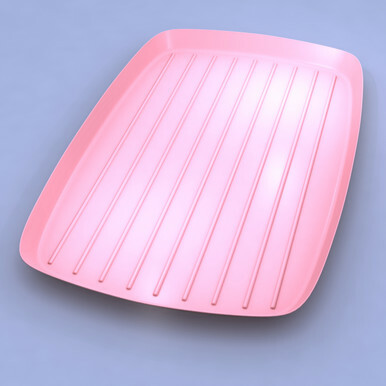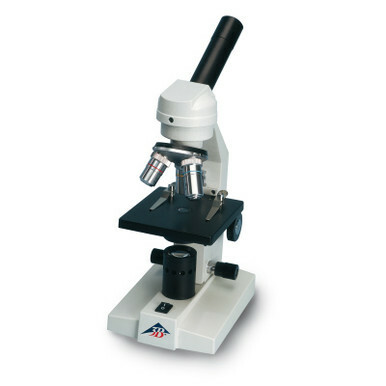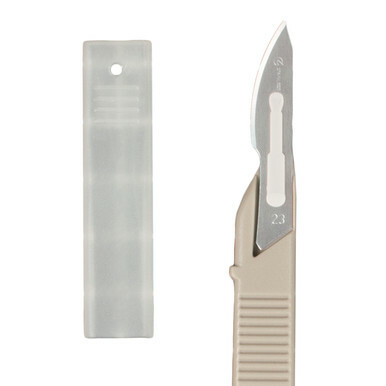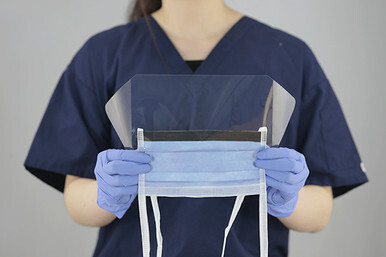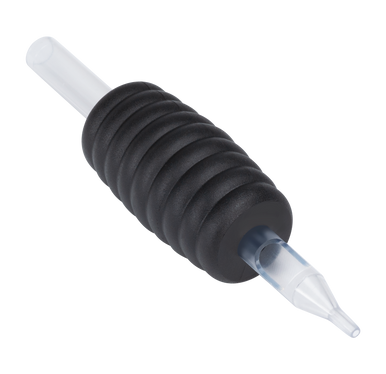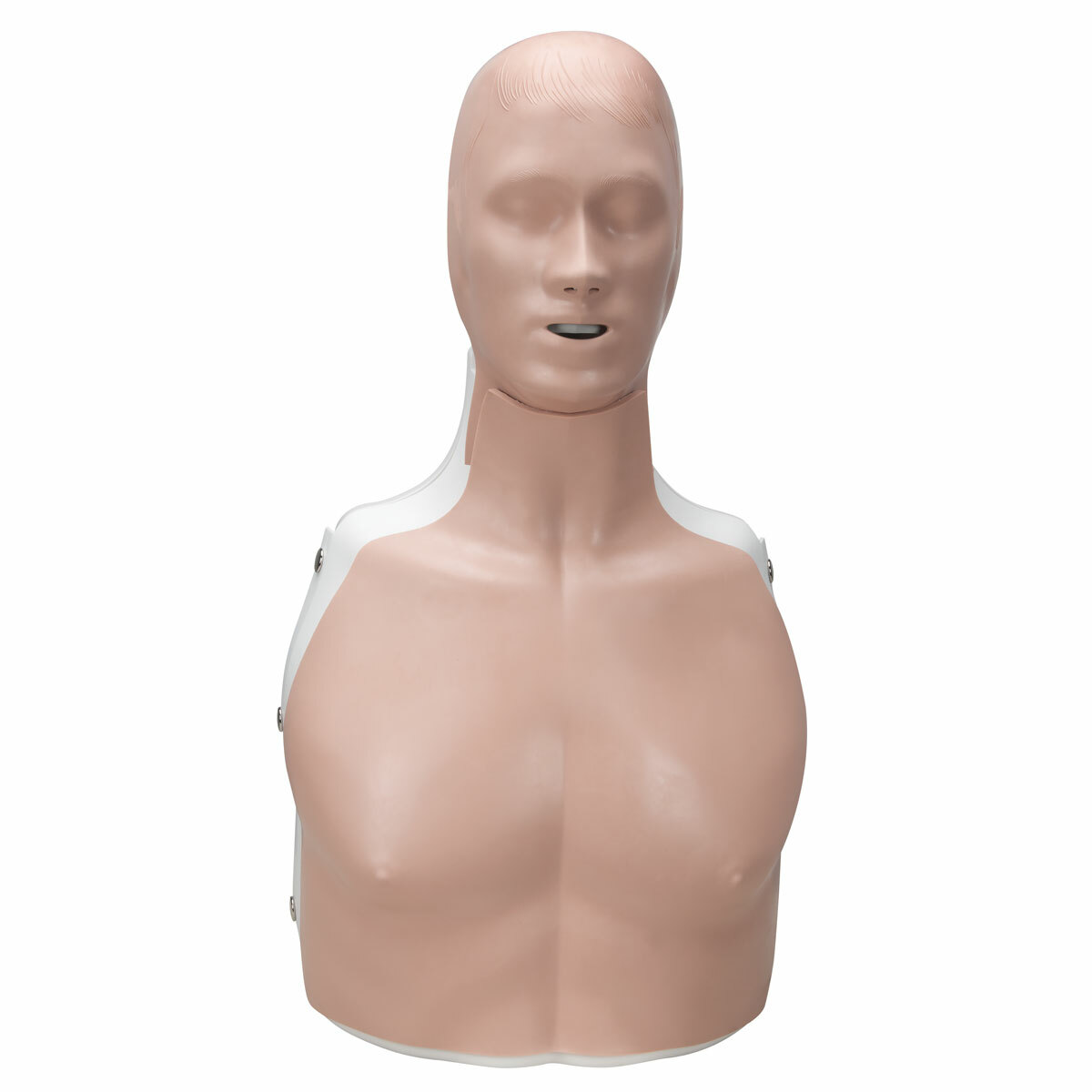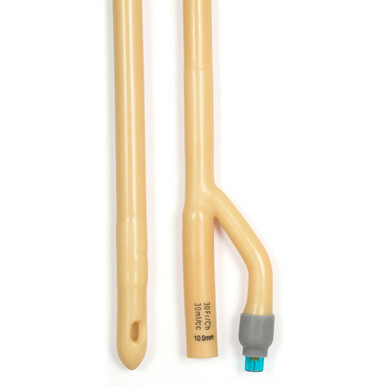Demystifying Sphygmomanometers: Your Guide to Blood Pressure Monitoring
Posted by EMRN on 18th Sep 2023
Understanding Blood Pressure:
Blood pressure, the force of blood against the walls of your arteries, is a vital indicator of cardiovascular health. Monitoring blood pressure is crucial in detecting and managing conditions like hypertension, which, if left uncontrolled, can lead to severe health complications.
What is a Sphygmomanometer?
A sphygmomanometer is a device used to measure blood pressure. It typically consists of an inflatable cuff to collapse and then release the artery under the cuff in a controlled manner, and a mercury or aneroid manometer to measure the pressure.
Types of Sphygmomanometers:
- Mercury Sphygmomanometers:
- Utilize a column of mercury to measure pressure.
- Known for their accuracy and precision.
- Environmentally sensitive due to mercury; therefore, alternatives are becoming more popular.
- Aneroid Sphygmomanometers:
- Use a small gauge with a pointer to measure pressure.
- Portable and a popular choice for clinical use.
- Requires regular calibration to maintain accuracy.
- Digital Sphygmomanometers:
- Operate electronically and display readings on a digital screen.
- Easy to use and convenient for at-home monitoring.
- Some models offer additional features like irregular heartbeat detection and memory storage.
How to Use a Sphygmomanometer:
- Prepare the Patient:
- Ensure the patient is seated comfortably, with their arm supported at heart level.
- Rest for a few minutes before taking the measurement.
- Position the Cuff:
- Wrap the cuff around the upper arm, about an inch above the elbow.
- The bottom edge of the cuff should be about an inch above the elbow crease.
- Inflate the Cuff:
- Inflate the cuff by pumping air until it's about 30 mmHg higher than the expected systolic pressure.
- Deflate the Cuff:
- Gradually release the air from the cuff while listening through a stethoscope placed on the patient's brachial artery.
- Record the Measurements:
- Note the systolic pressure (the first sound you hear) and the diastolic pressure (when the sound disappears).
Conclusion:
Incorporating a reliable sphygmomanometer into your medical supplies is essential for maintaining accurate blood pressure readings. Whether for clinical use or at-home monitoring, understanding how to use and choose the right sphygmomanometer is vital for effective healthcare management.
At EMRN, we offer a range of high-quality sphygmomanometers to meet your needs. Visit our website to explore our selection of medical supplies designed to support better health outcomes. Stay tuned to our blog for more informative posts on essential medical tools and healthcare insights.




























